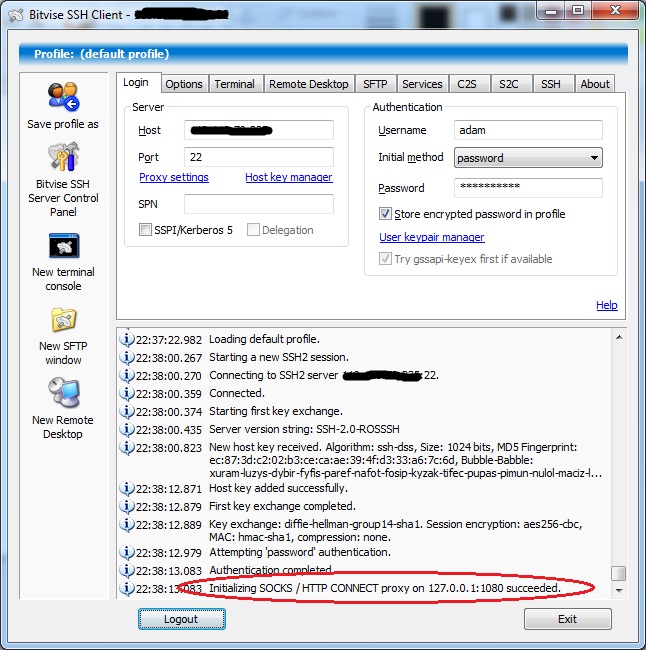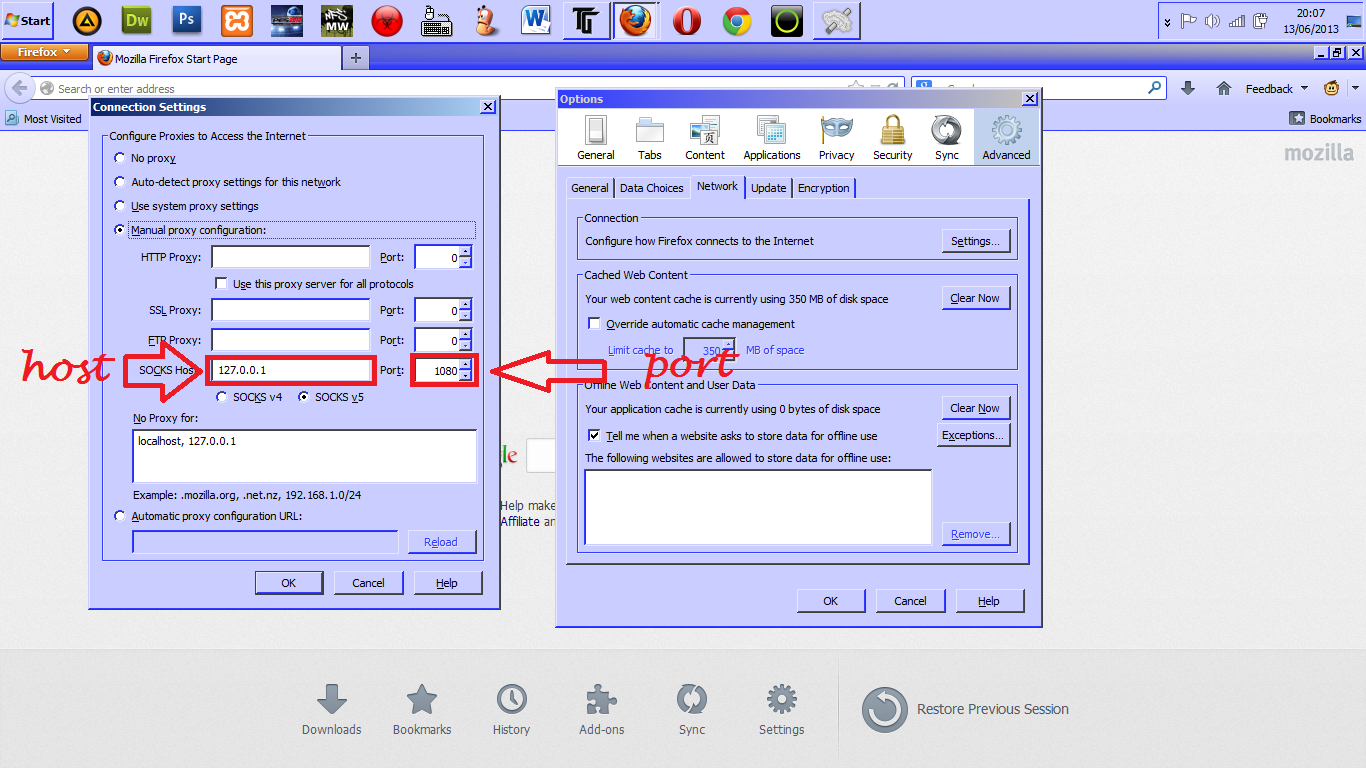

IT and SecOps can quickly gain control and share visibility of on-prem, remote and virtual endpoints without the need to deploy costly infrastructure.Įxperience modern, cloud-native patch management today with a 15-day free trial of Automox and start recapturing more than half the time you're currently spending on managing your attack surface. Automox is a modern cyber hygiene platform that closes the aperture of attack by more than 80% with just half the effort of traditional solutions.Ĭloud-native and globally available, Automox enforces OS & third-party patch management, security configurations, and custom scripting across Windows, Mac, and Linux from a single intuitive console. As always, feel free to let me know if you have any questions: About Automoxįacing growing threats and a rapidly expanding attack surface, understaffed and alert-fatigued organizations need more efficient ways to eliminate their exposure to vulnerabilities. I hope this post helps those looking to safely bypass a firewall or encrypt data while using a less than trustworthy network. Now all of your traffic is encrypted and running through the SSH tunnel. This should show the IP of the host you have ‘SSH’d’ to. In your browser search for “what is my IP”. The most important detail is entering the localhost and the same port used above. Switch to No proxy option if you’d like to browse directly using the IP address of the local system or reconnect through SSH (with port forwarding).Īlso, if the remote system accepts incoming SSH connections on a non-standard port like say 2244 instead of the default 22, use the -p option to connect and then forward the port.Depending on which OS and browser you are using, configuration settings will most likely be found under network, or in the browser under network settings. So essentially, it can be a handy temporary proxy connection. Once the connection is closed, there will be an error message in the browser about the proxy server refusing connections.

This proxy connection will be valid as long as you’re connected using SSH. Now try browsing using the local PC, the remote system will act as a proxy and the public IP visible will be of that and not of the local PC.
#Ssh proxy host manual#
Select the option of Manual proxy configuration and in the SOCKS host box, enter localhost with the local port number as 55500 (the one used for port forwarding). Then scroll down to Network Settings and click on Settings. Once the remote connection is established, you’d need to set up the browser on the local PC to use the SOCKS proxy. Any port number from 1025 to 65535 can be used for this. So to use it as a proxy, simply bind or forward a local port to the IP address of the remote system and then configure the local browser to connect to that (web traffic).

This essentially redirects the local connection to a remote system by mapping the port number with IP address. All that is needed is the remote system should be accessible through SSH.
#Ssh proxy host install#
The cool part about creating a proxy server with this is that there is no need to install any additional packages or tools on the remote system.
#Ssh proxy host how to#
Here is how to set up an SSH server on Ubuntu.

The SSH command is useful to access remote systems directly from the Linux command line.


 0 kommentar(er)
0 kommentar(er)
